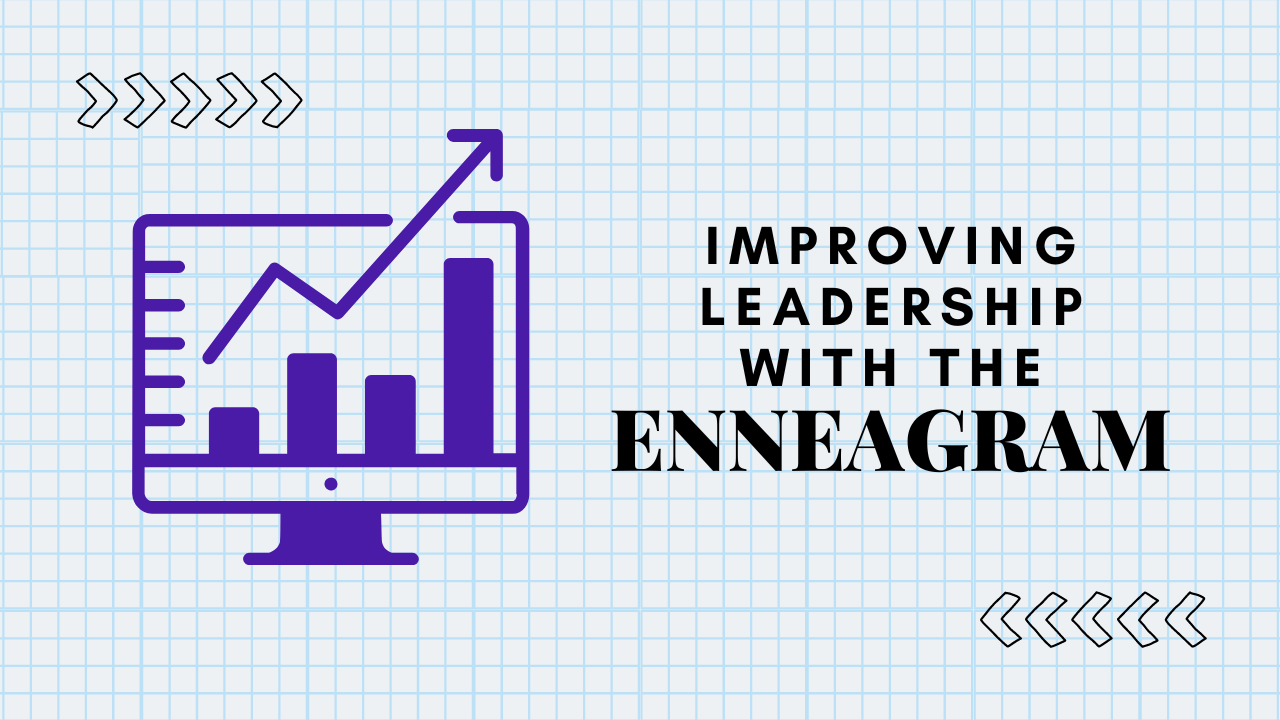|
Helping Companies Rethink, Recover & Refocus on the Future
Call John Grubbs (903) 295-7400
In the complex tapestry of today's multigenerational workplace, understanding leadership goes beyond conventional management principles. It requires a nuanced comprehension of individual differences, motivations, and behaviors. The Enneagram, an ancient personality typing system, offers a profound lens through which we can explore the diverse leadership styles that emerge in modern organizational settings.
Comprising nine distinct personality types, the Enneagram provides a framework for understanding the core fears, desires, and motivations that drive individuals. Each type possesses unique strengths and potential pitfalls in leadership roles, making it a valuable personal and professional development tool. Let's delve into how each Enneagram type manifests as a leader in today's workforce:
- The Reformer (Type One): Leaders of this type are conscientious, detail-oriented, and driven by a sense of perfectionism. They excel in environments where integrity and adherence to standards are paramount. However, their insistence on perfection can sometimes lead to rigidity and an inability to delegate effectively. By harnessing their innate sense of responsibility for improvement, Ones can foster environments of excellence while remaining open to feedback and flexibility.
- The Helper (Type Two): Leaders embodying the Helper archetype are empathetic, supportive, and adept at building relationships. They excel in roles that require nurturing and mentorship, fostering a collaborative and inclusive workplace culture. However, their tendency to prioritize others' needs over their own may lead to burnout and difficulty setting boundaries. To thrive as leaders, Twos must balance their altruism with self-care and assertiveness, recognizing that their well-being is integral to their effectiveness.
- The Achiever (Type Three): Threes are ambitious, results-oriented, and skilled at driving performance. These leaders...

